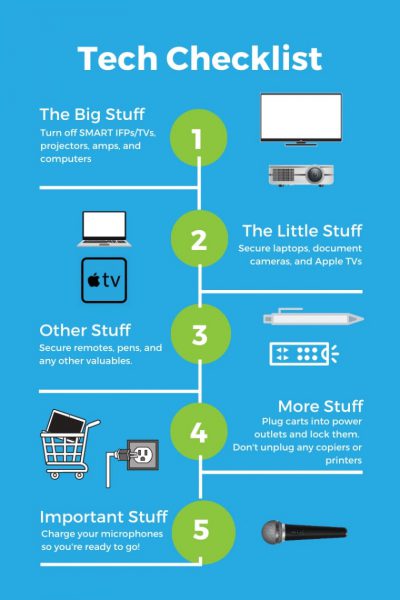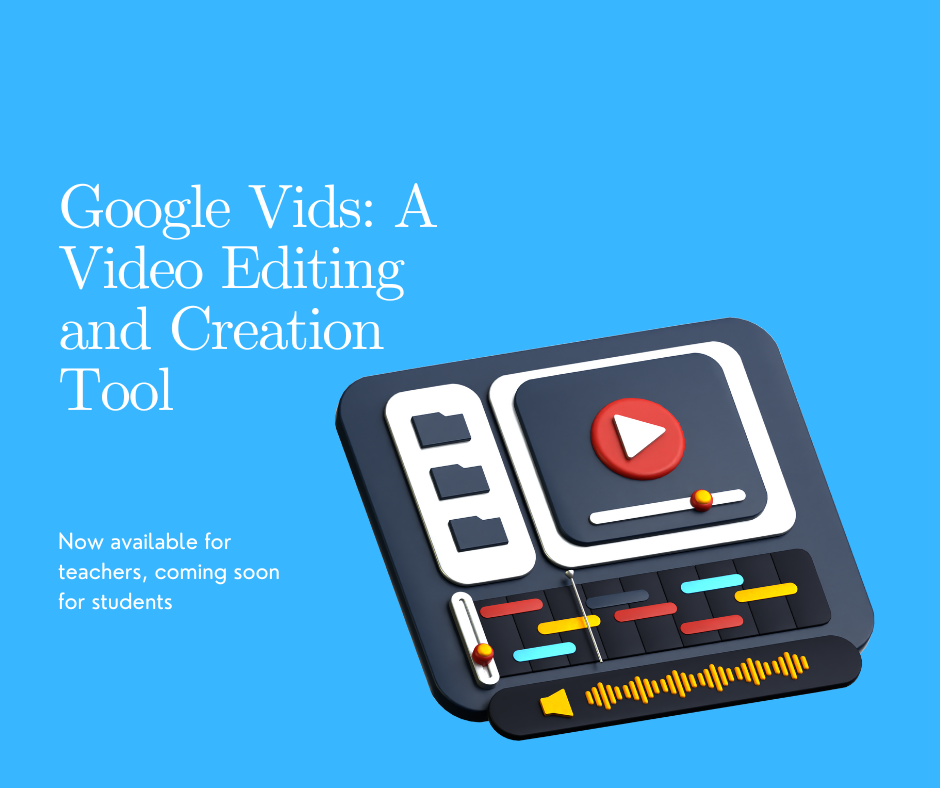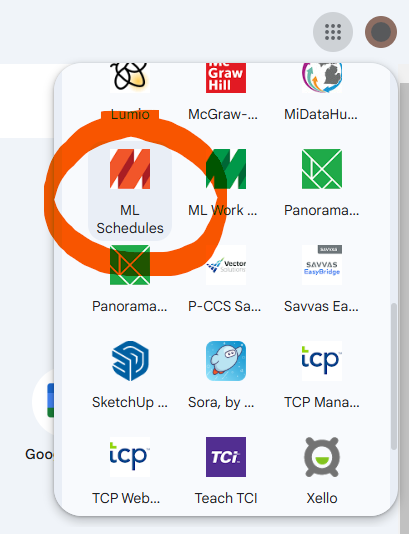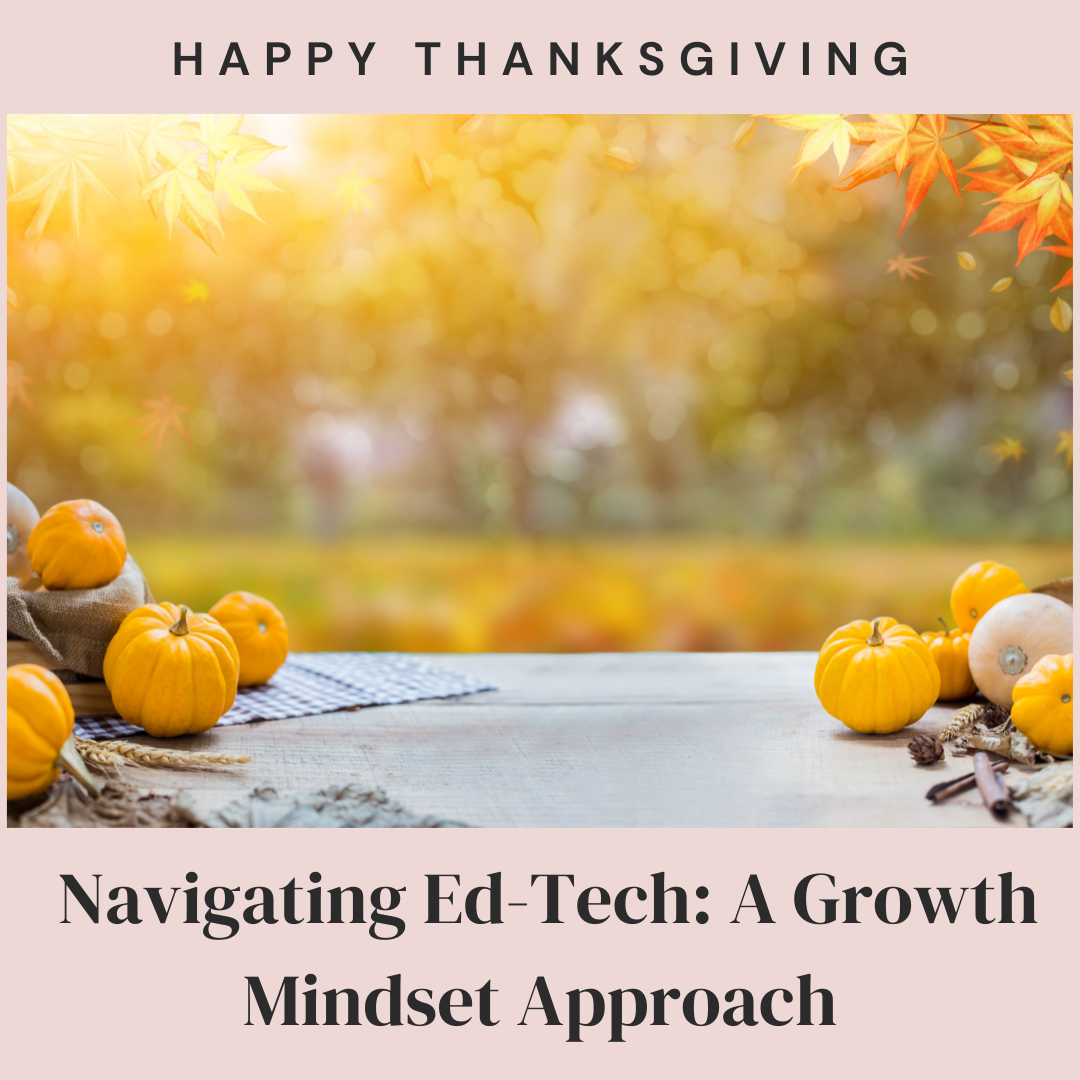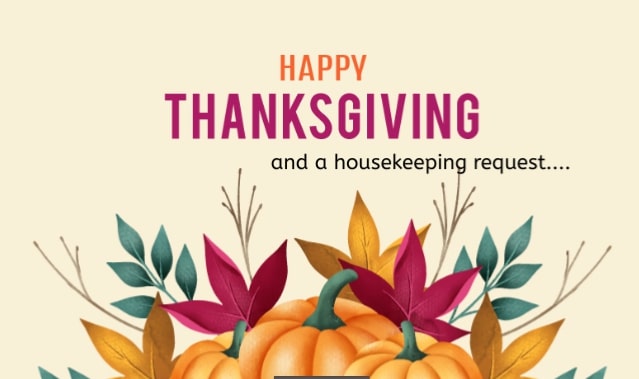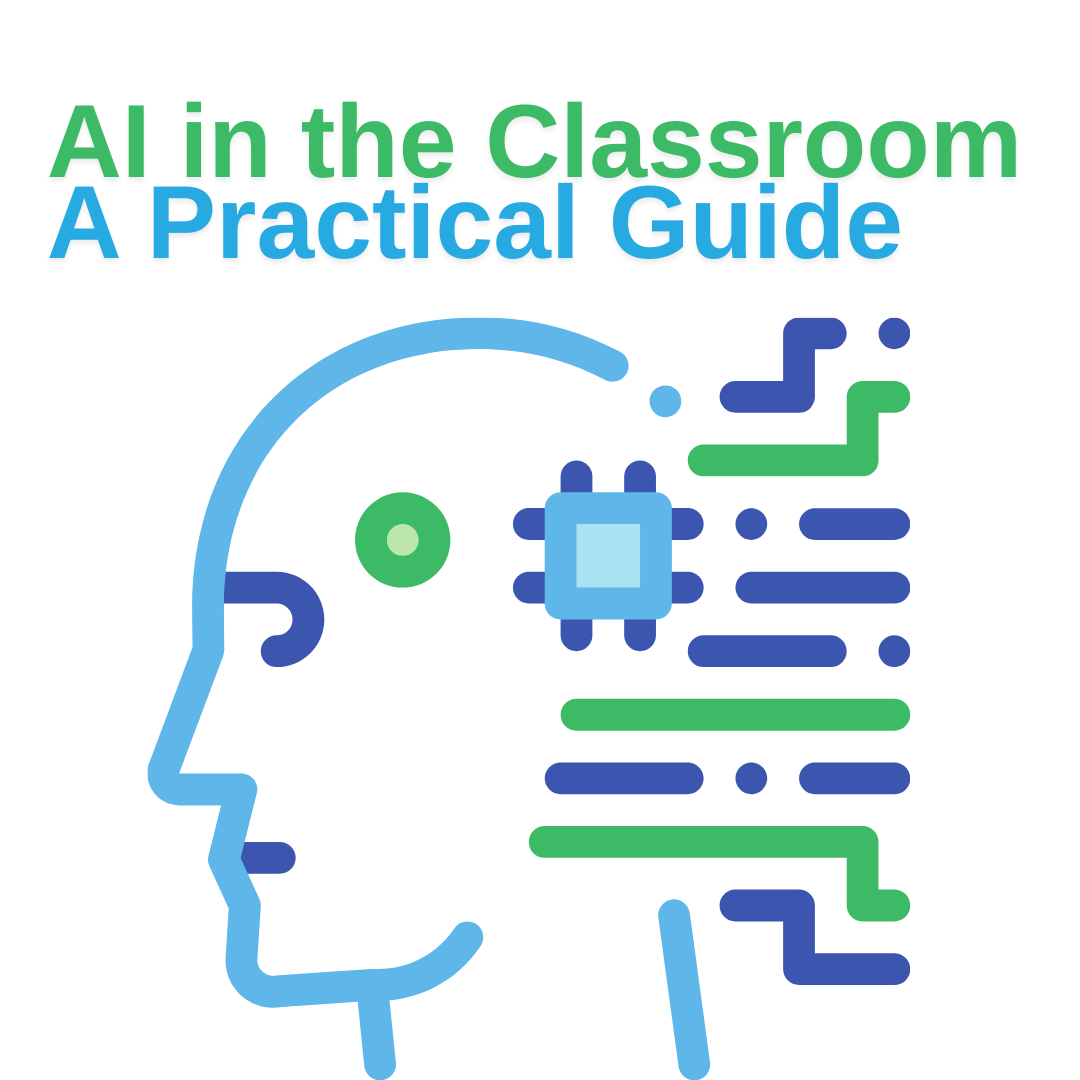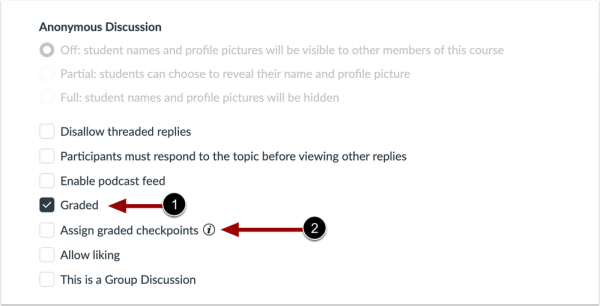slides.google.com released a number of updated templates, in Google Slides, access templates using the top toolbar or by going to Insert > Templates. Visit the Help Center to learn more about templates in Google Slides. 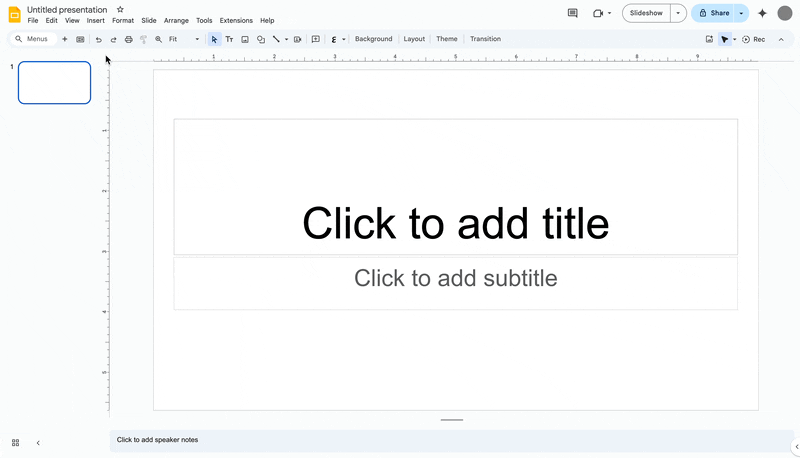
*****~~~~~—–~~~~~—–~~~~~—–~~~~~*****
Star rating in Google Forms – you can now insert a “star rating” question in Google Forms.

*****~~~~~—–~~~~~—–~~~~~—–~~~~~*****
eSignature available to collect in both Google docs and PDFs within Google Drive
- Request eSignatures, including signatures from more than one user and from non-Gmail users.
- View the status of pending signatures and find completed contracts.
- Keep contract templates to initiate multiple eSignature requests.
- View an audit trail of completed contracts.
- Use custom text fields to request additional information from signers, such as job titles, email addresses and more.
*****~~~~~—–~~~~~—–~~~~~—–~~~~~*****
Google Lens now built within Google Chrome allows you to quickly take a snapshot of anything in the browser and get more info (see example at https://www.youtube.com/shorts/J1dQSiBMrPk)
*****~~~~~—–~~~~~—–~~~~~—–~~~~~*****
New Adobe Express Add-on for Google Slides
Install the Adobe Express add-on for Google Slides and get access to lightweight creative tools that let you edit images, visually enhance presentations, and create flyers, infographics, & more. Adobe Express for Education is the quick & easy content creation app from Adobe — free for K-12. visit https://workspace.google.com/marketplace/app/adobe_express_for_google_slides/682264952061


